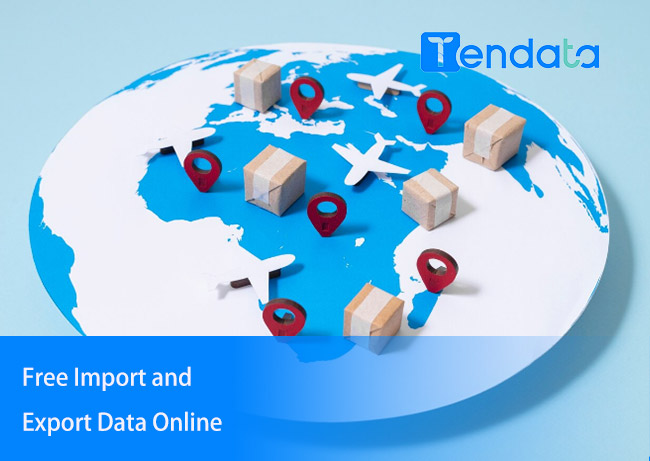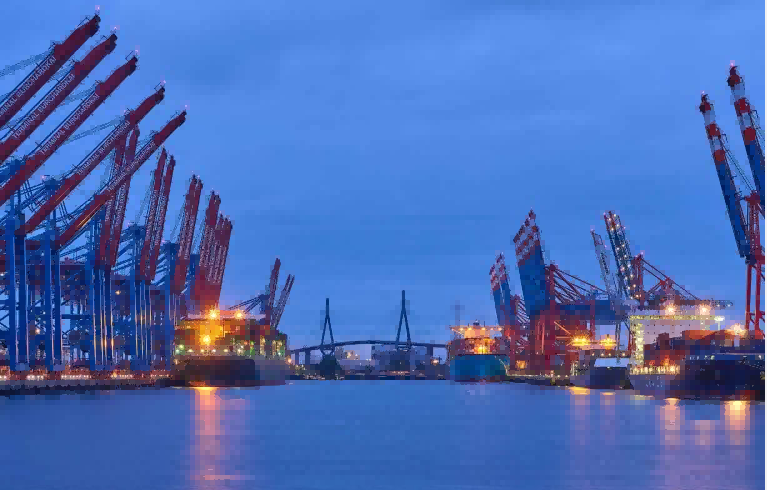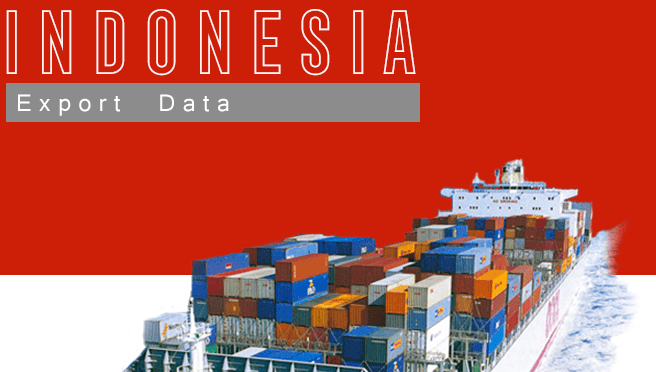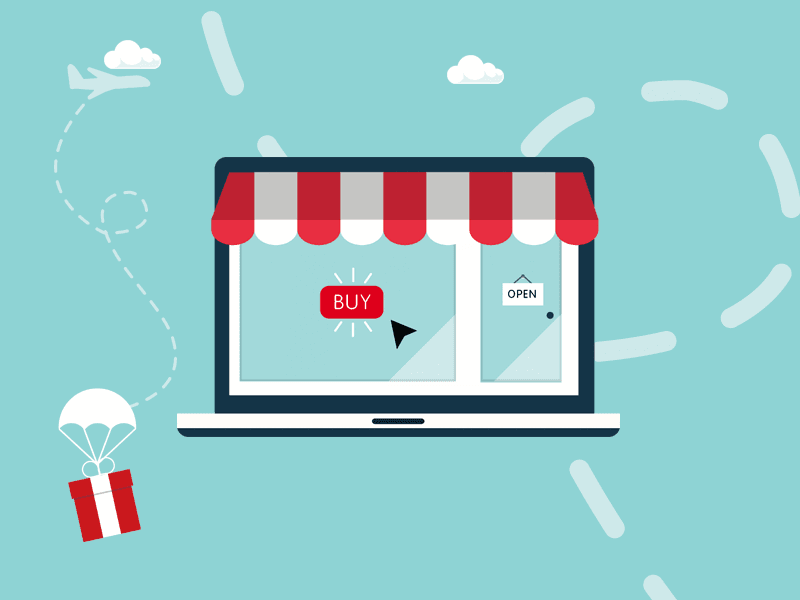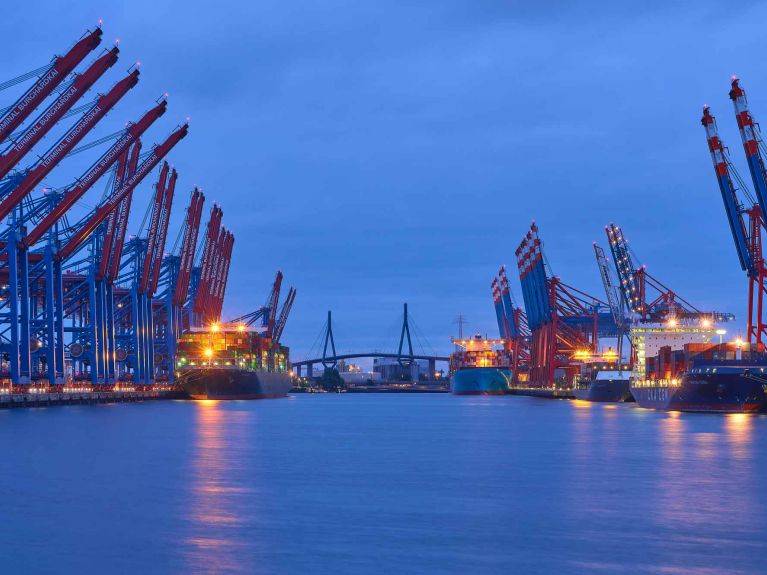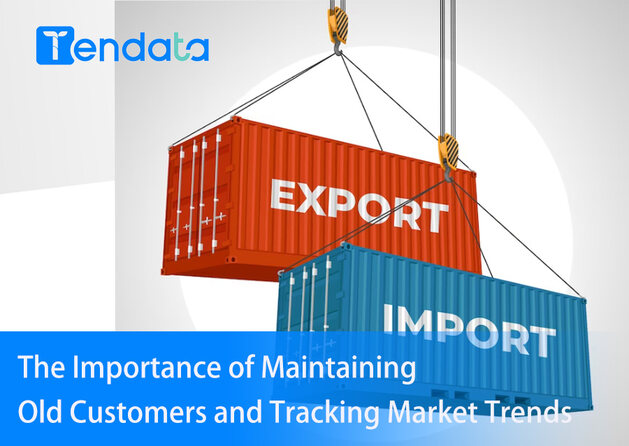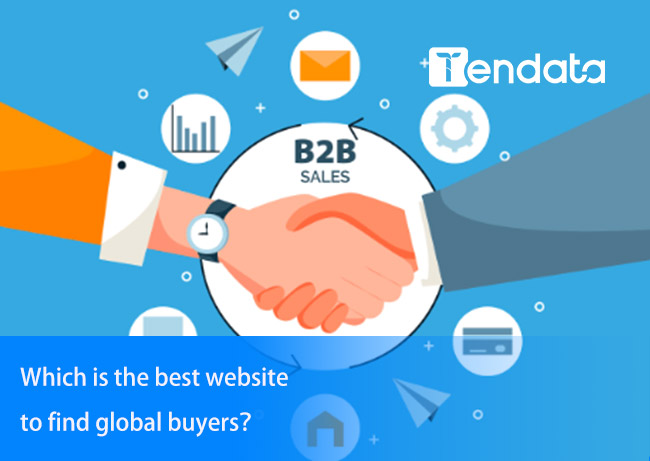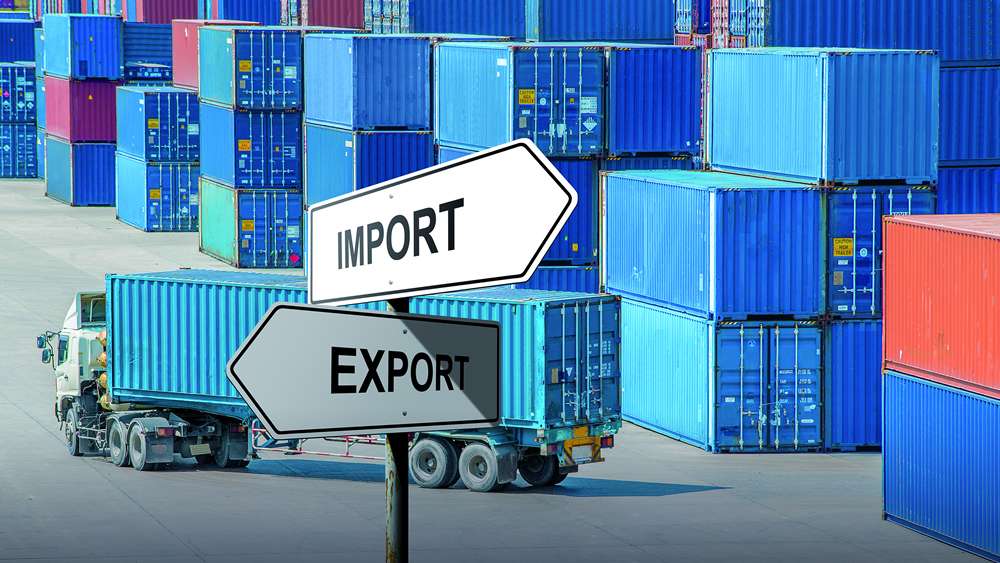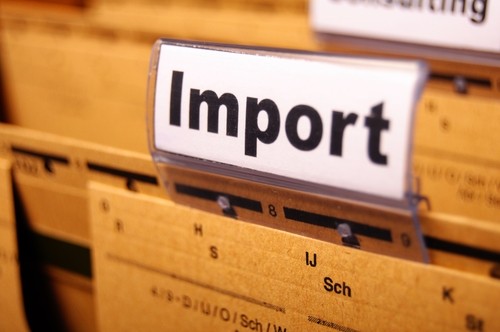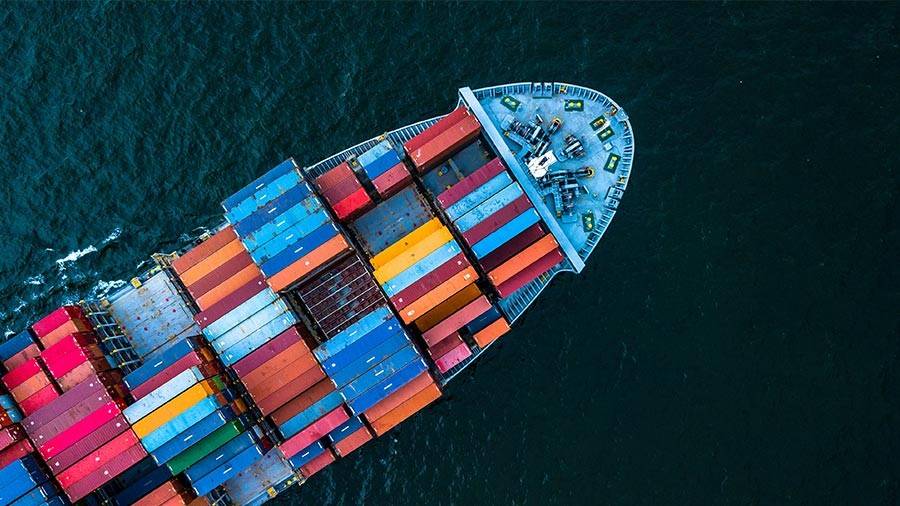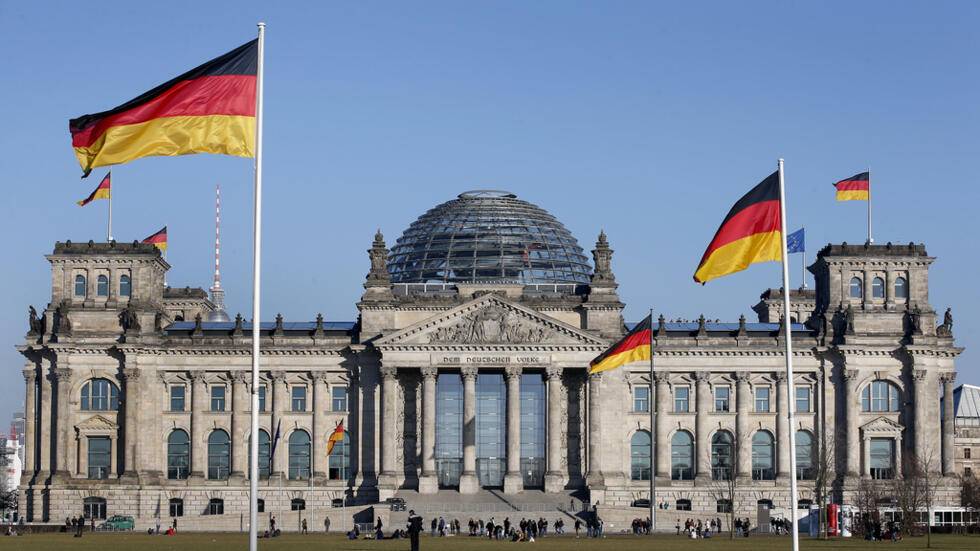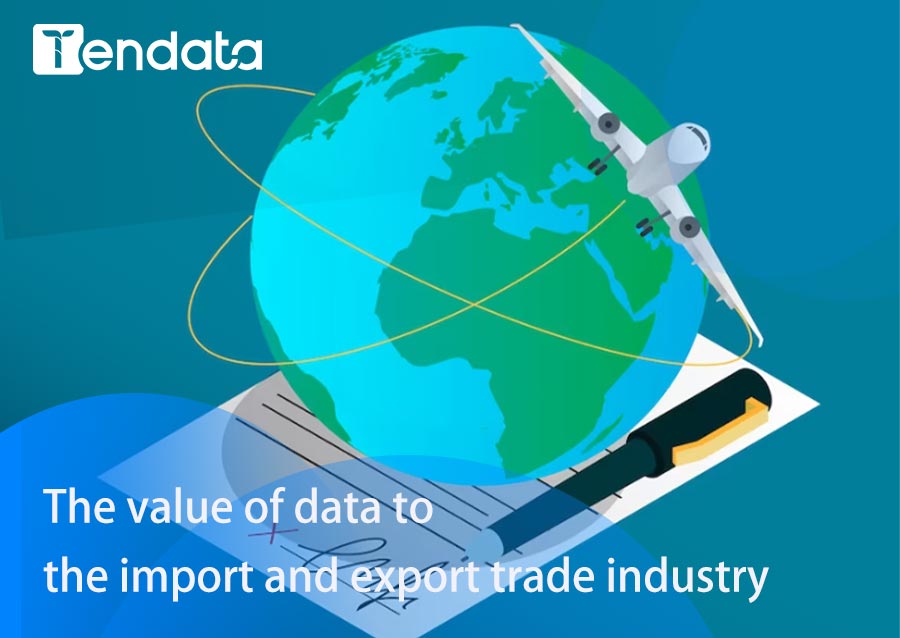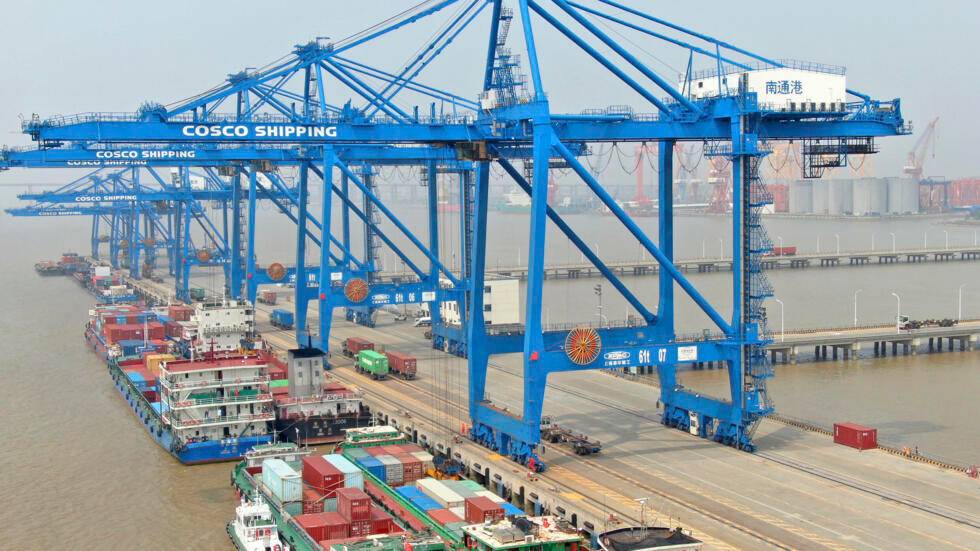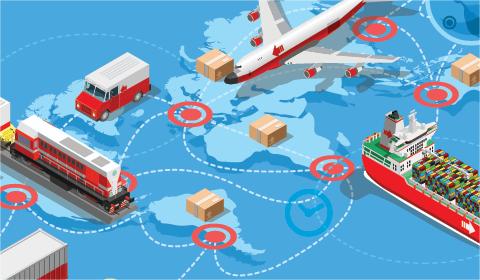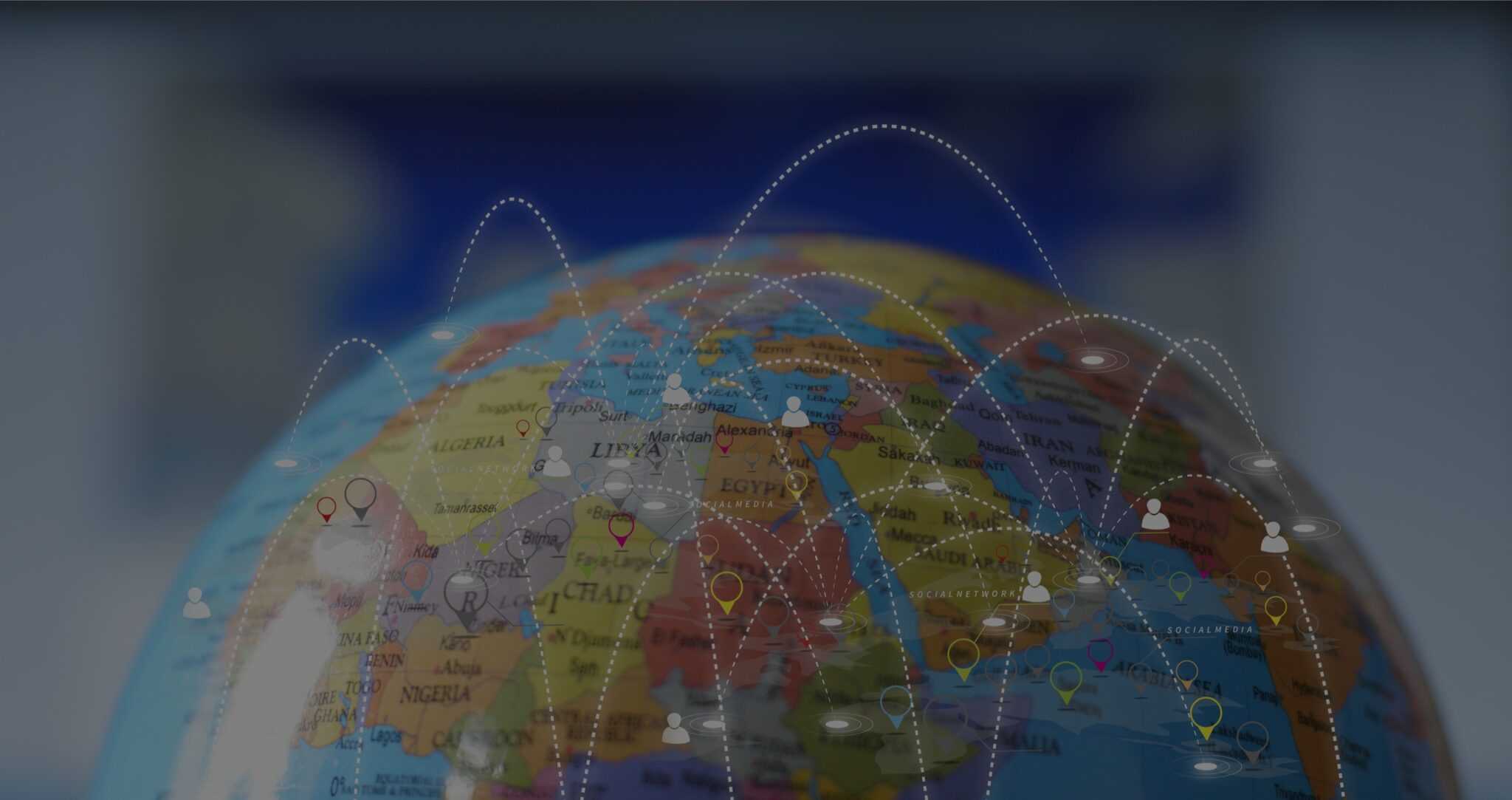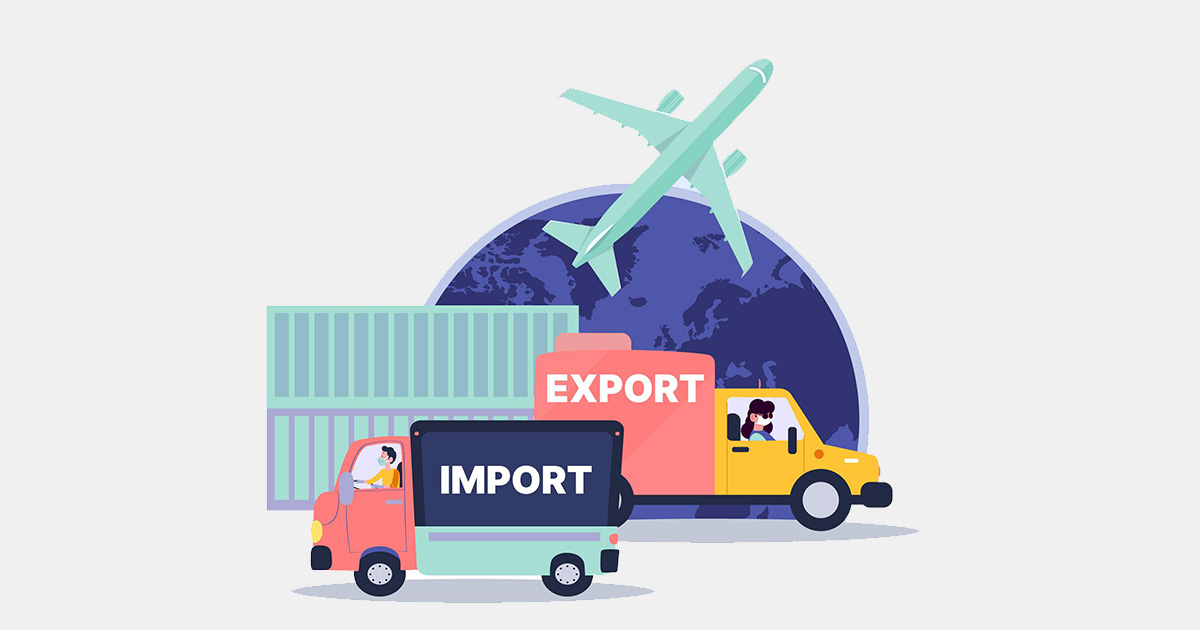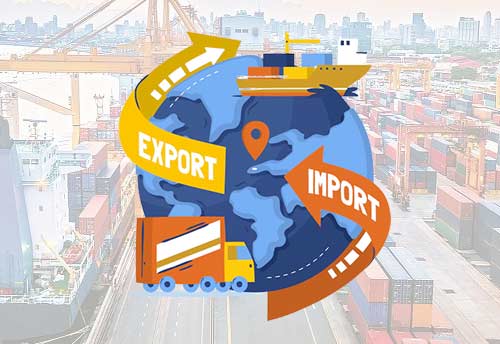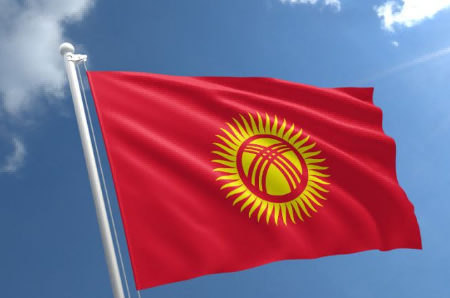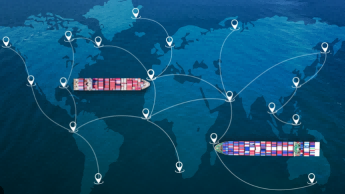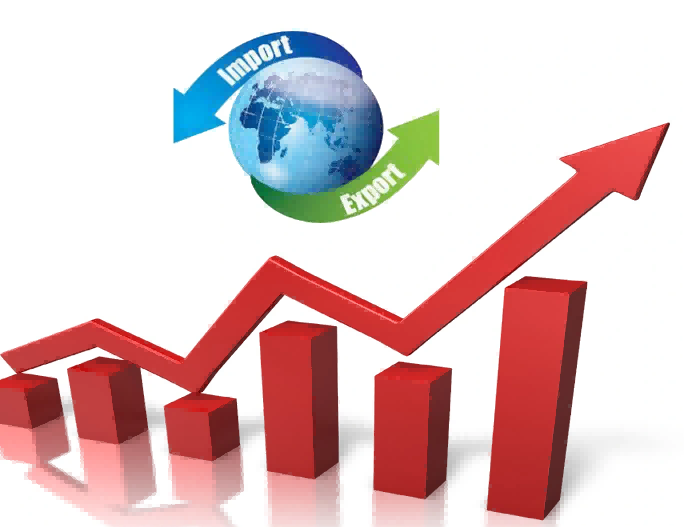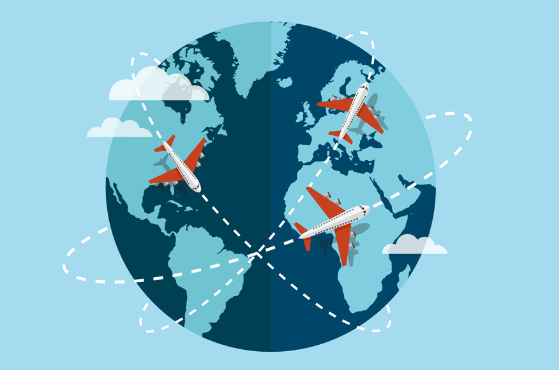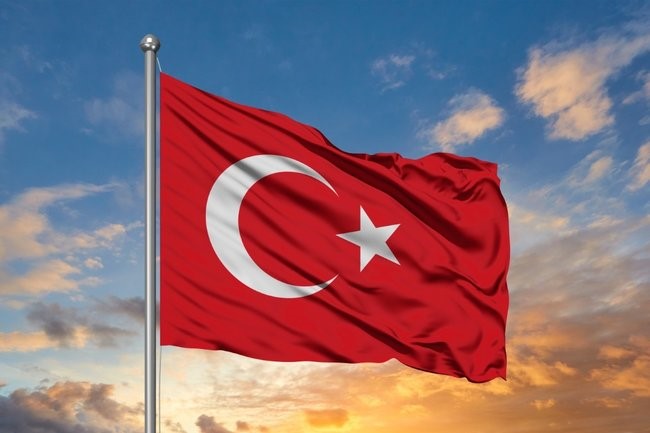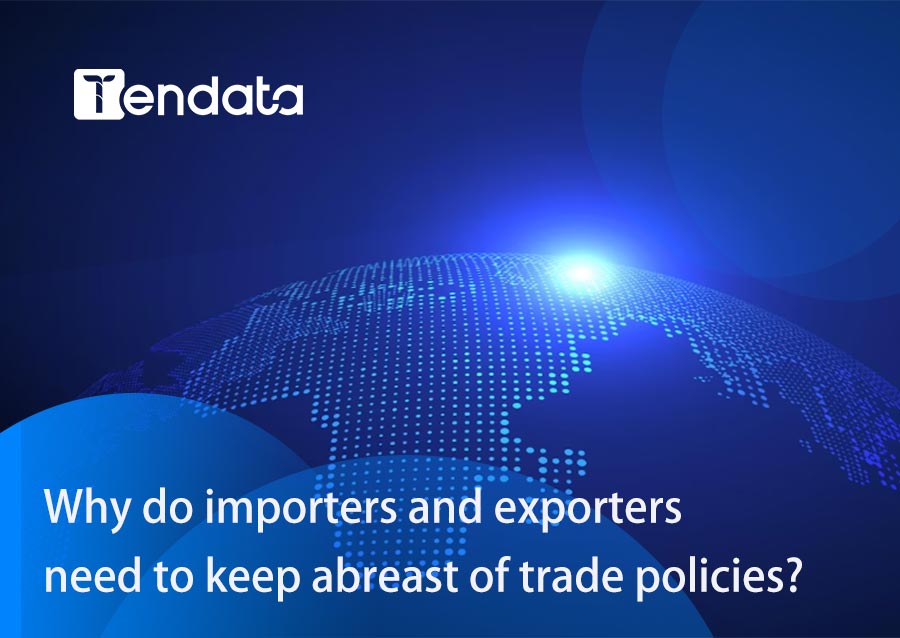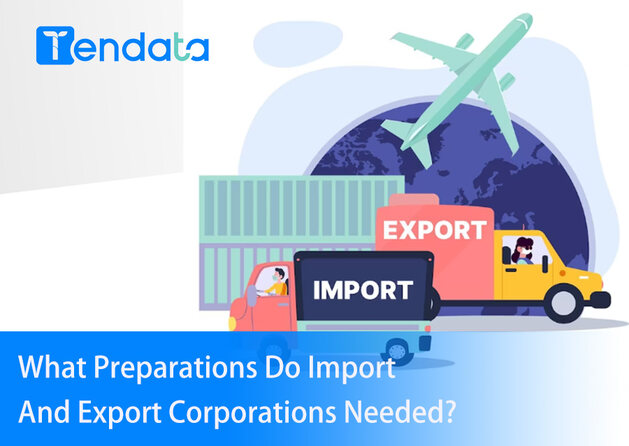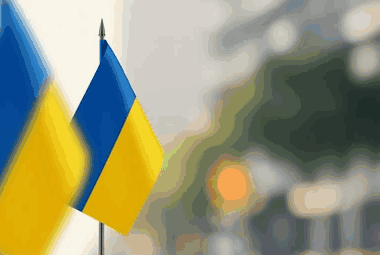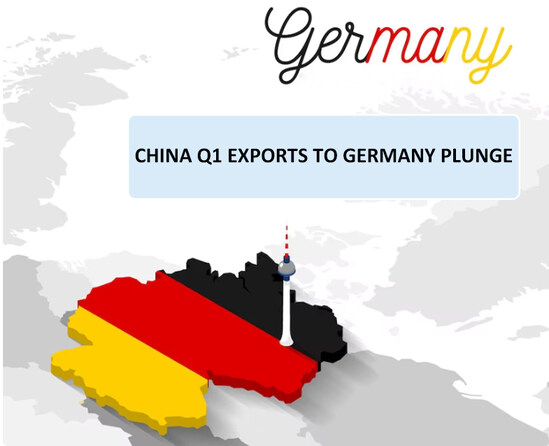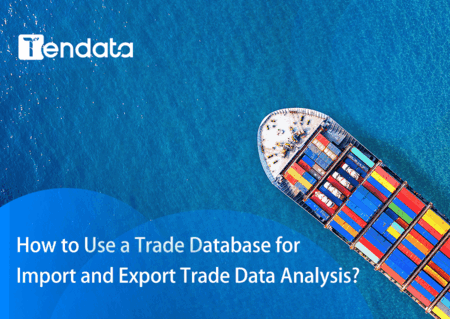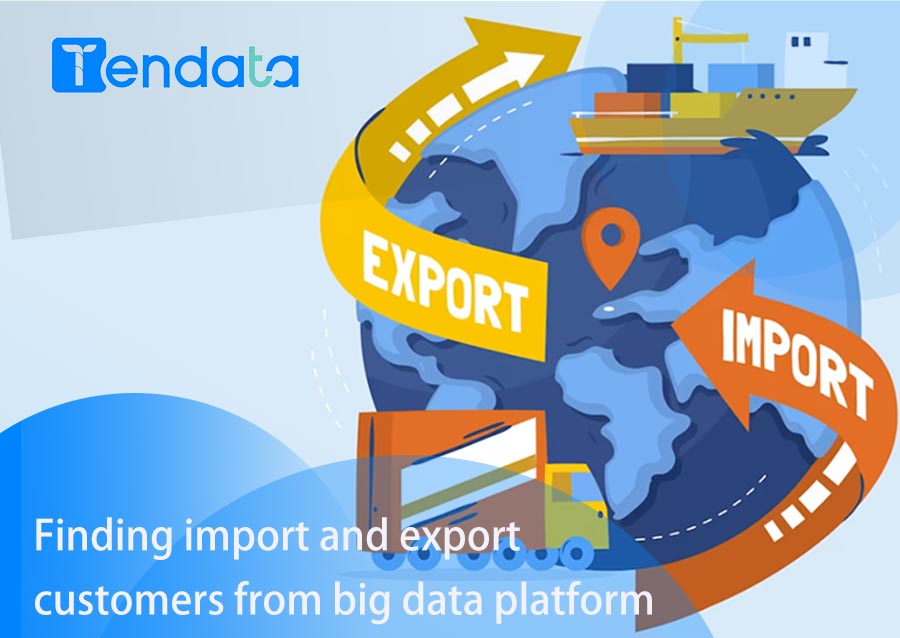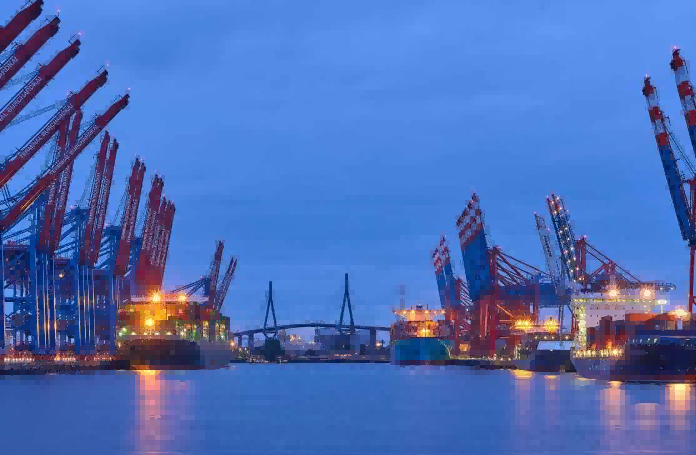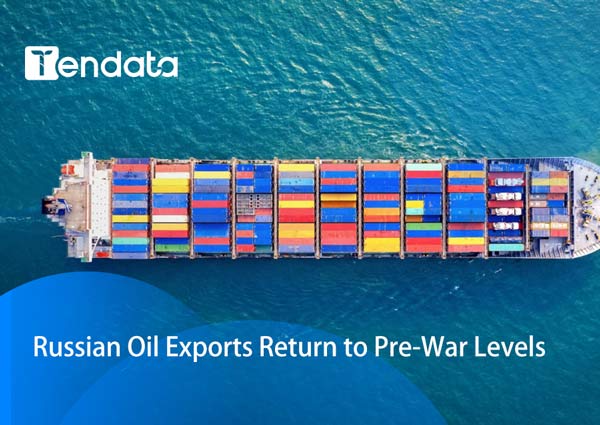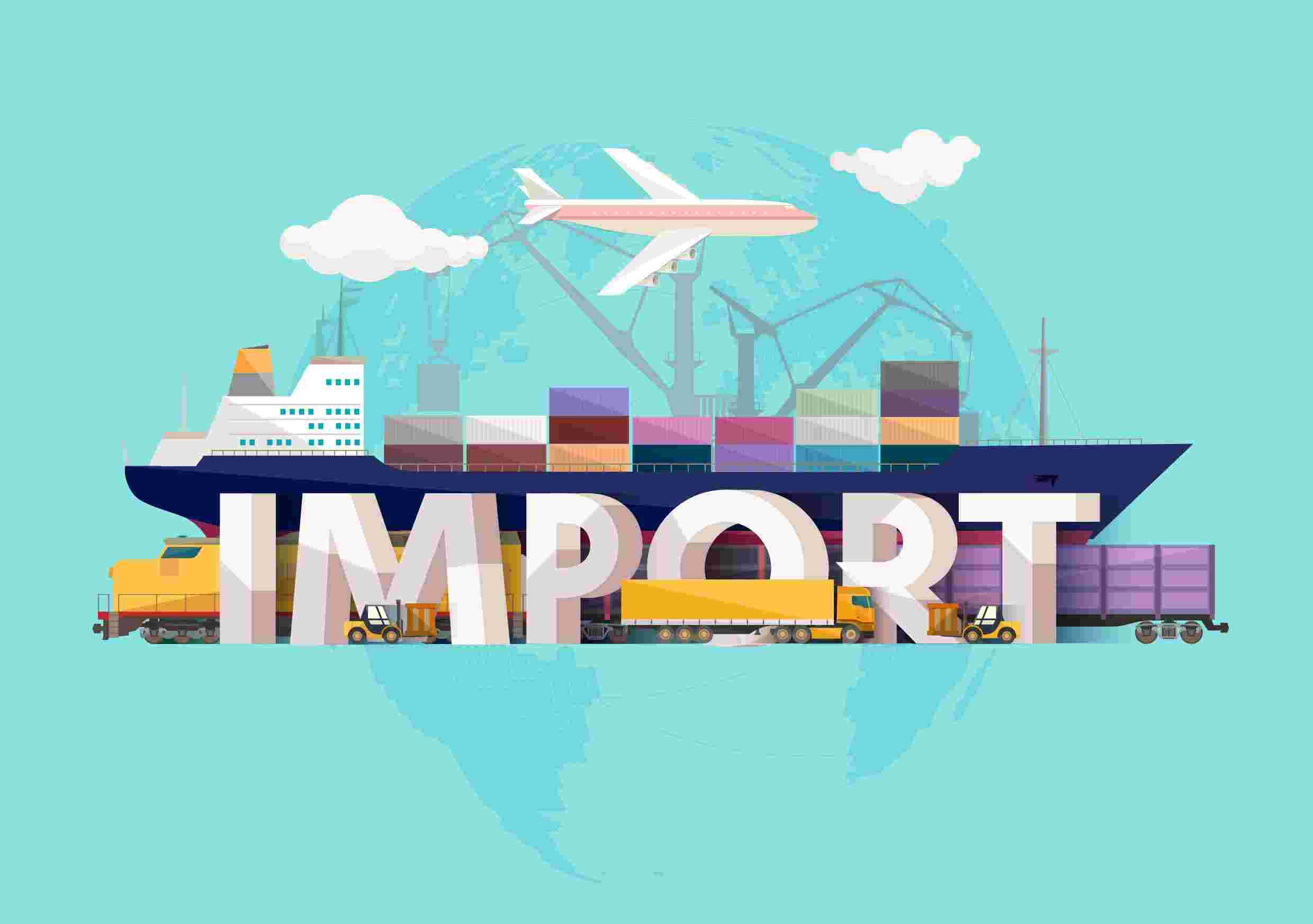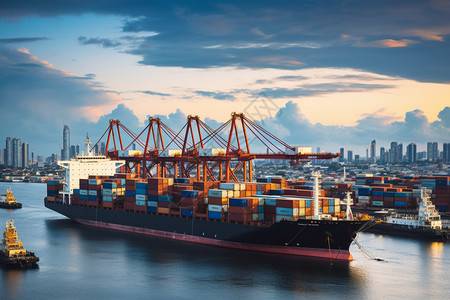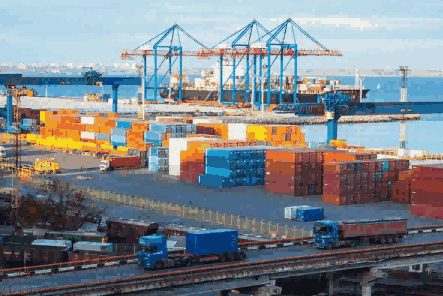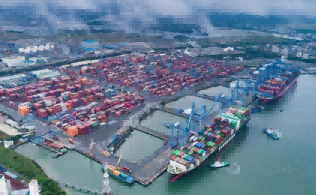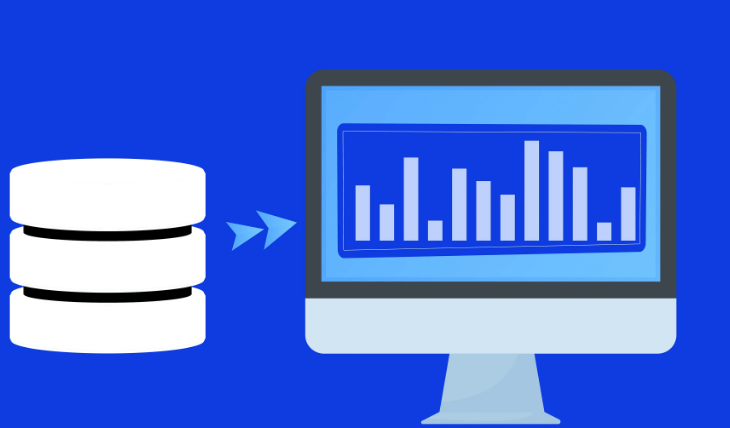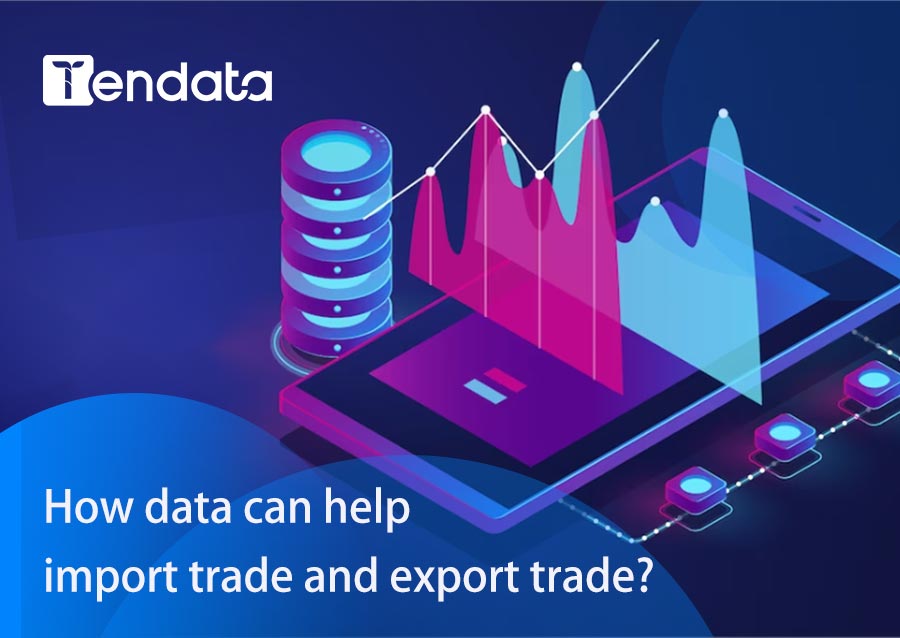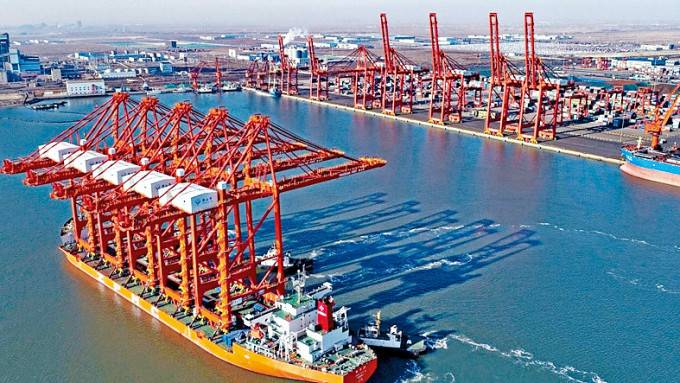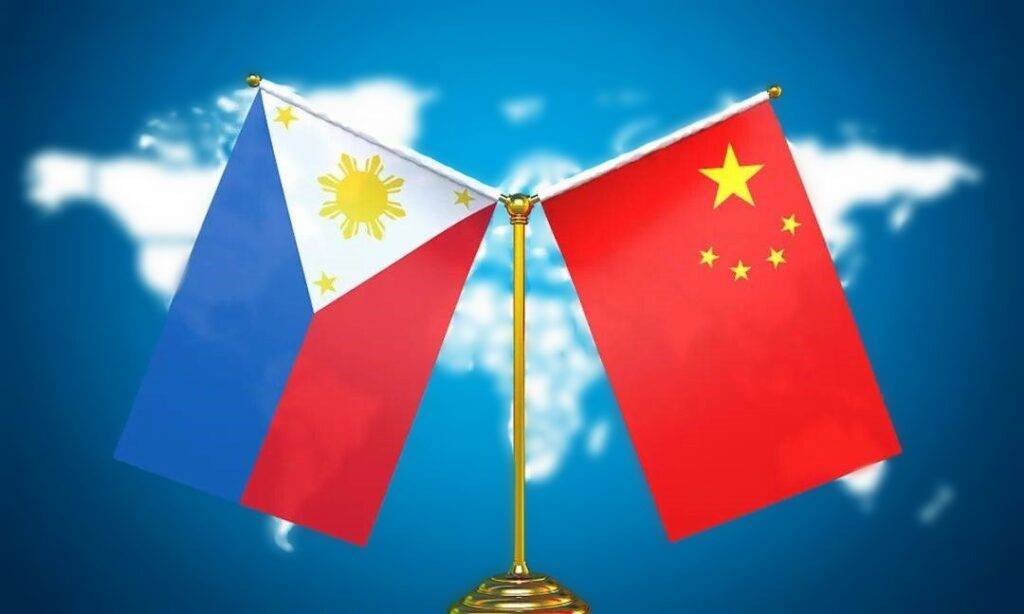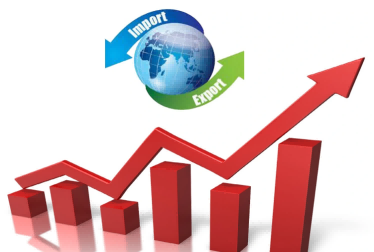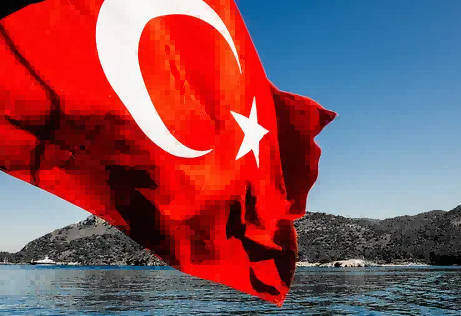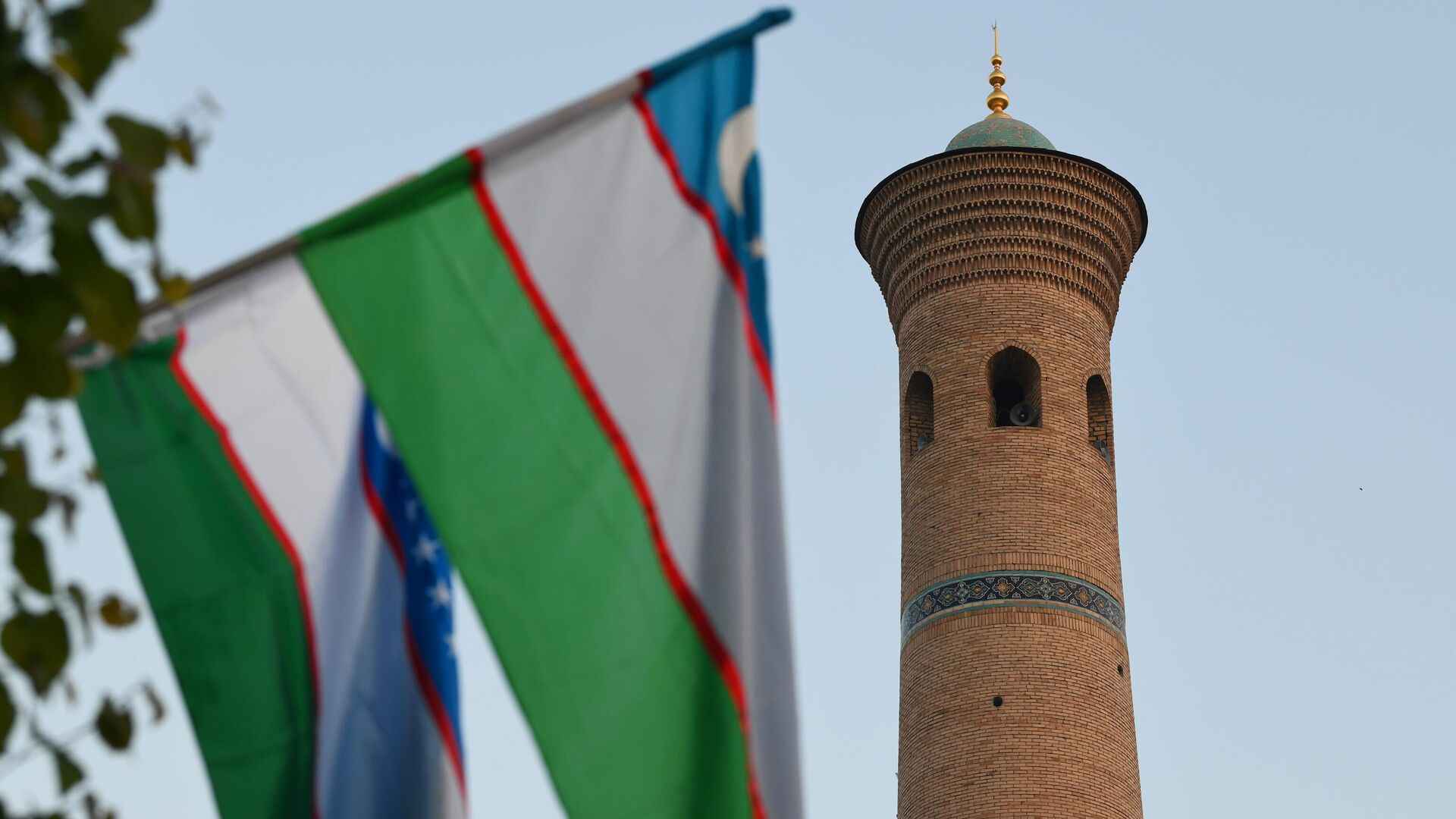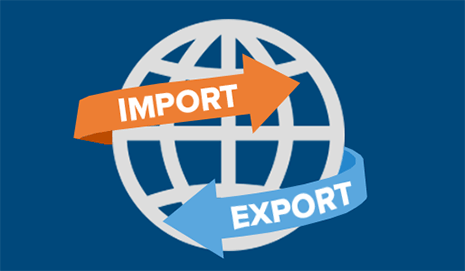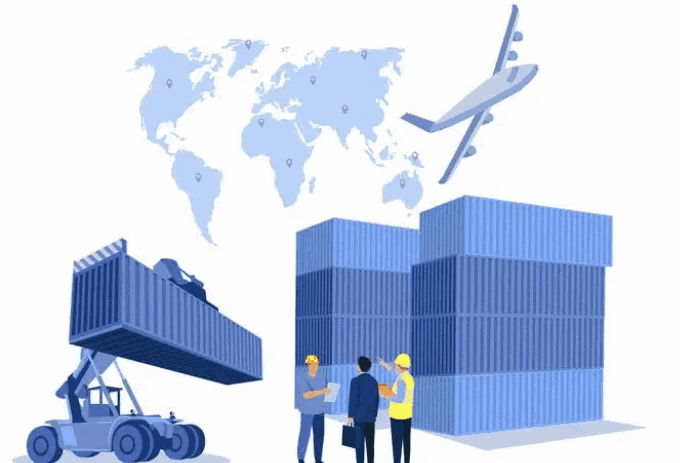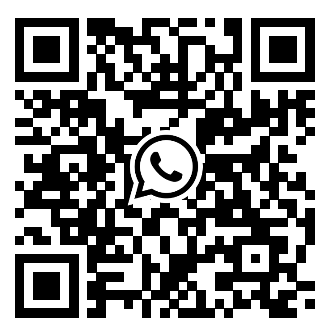 Trade Trends News
Trade Trends News
 2025-05-07
2025-05-07
As the global economy continues to evolve, the Middle East has emerged as an increasingly significant economic hub, with its market potential becoming more apparent each year. For foreign trade companies, expanding into the Middle East market is a crucial strategy for business growth and enhanced competitiveness.
The Middle East Market: A Gateway Between Continents
Historically, the Middle East has been a vital crossroads for trade, linking Asia, Europe, and Africa. It is also a key player in the "Belt and Road Initiative." The region spans across three continents, primarily focusing on Western Asia, and includes countries like Iran, Kuwait, Pakistan, Saudi Arabia, and Egypt. With a total population of 490 million and an average age of 25, the Middle East boasts a young population, with over half of its inhabitants under the age of 30. This demographic is a driving force behind the region's booming e-commerce market, particularly mobile commerce.
While the Middle East has a heavy reliance on resource exports, its industrial base is relatively underdeveloped, and the region's consumption of both consumer and industrial goods continues to rise. In recent years, China and the Middle East have strengthened their trade relations, creating opportunities for further collaboration.

Middle East's Growth Drivers: Youth, Internet Access, and Government Support
The Middle East's rapid development in recent years is primarily due to its youthful population, the rise in internet penetration, and robust government support for economic diversification. These factors have collectively fueled the growth of foreign trade and cross-border e-commerce.
The region is rich in oil and natural gas, with reserves accounting for more than half of the world's proven oil deposits. Countries like Saudi Arabia, Kuwait, and the UAE are renowned for their vast oil wealth. According to the World Bank, in 2022, Qatar's GDP per capita reached a staggering $88,000, followed by Israel at $54,600, and the UAE at $53,700, with several Middle Eastern nations boasting a GDP per capita above $20,000.
Furthermore, the Middle East’s internet penetration exceeds 90%, and its population is not only young but also increasingly willing to pay for high-quality products. The region's cultural and linguistic homogeneity provides an attractive market for businesses looking to expand internationally.
Key Middle Eastern Countries Overview
Saudi Arabia: Known for its vast oil wealth, Saudi Arabia is one of the richest countries globally. It has advanced military capabilities and significant political influence in the region.
Israel: The only developed nation in the region, Israel has a robust industrial base and is a leader in technological innovation.
Iran: A country with rich coastal resources and rugged terrains, Iran plays a pivotal role in Middle Eastern geopolitics.
Iraq: Positioned in the heart of the region, Iraq holds vast oil reserves and has significant trade potential.
Kuwait: An oil-rich country that plays a critical role in the Middle Eastern economy.
Turkey: A transcontinental country with a strategic geopolitical location, Turkey has a strong industrial foundation and is one of the fastest-growing economies in the region.
United Arab Emirates (UAE): Known as the "Flower of the Desert," the UAE has transitioned from an oil-dependent economy to a diversified powerhouse.
Syria: A country rich in history and culture, though currently facing political and economic challenges.
Bahrain: The smallest country in the Gulf, Bahrain has a significant banking and finance sector.
>>>> Developing the Middle East Market <<<<
In-Demand Products in the Middle East
Electronics: Small, multifunctional electronics, home automation devices, and entertainment and security products are in high demand.
Fast Fashion: Apparel, shoes, bags, and watches are the second most popular product category in the Middle East, with clothing being the primary consumer good.
Mother and Baby Products: The Middle Eastern market for baby products is substantial, including toys, strollers, diapers, and more. The market is expected to grow in the coming years.
Beauty and Personal Care: With a strong consumer base of beauty-conscious individuals, the Middle East has a massive demand for skincare and cosmetics, especially from high-end international brands.
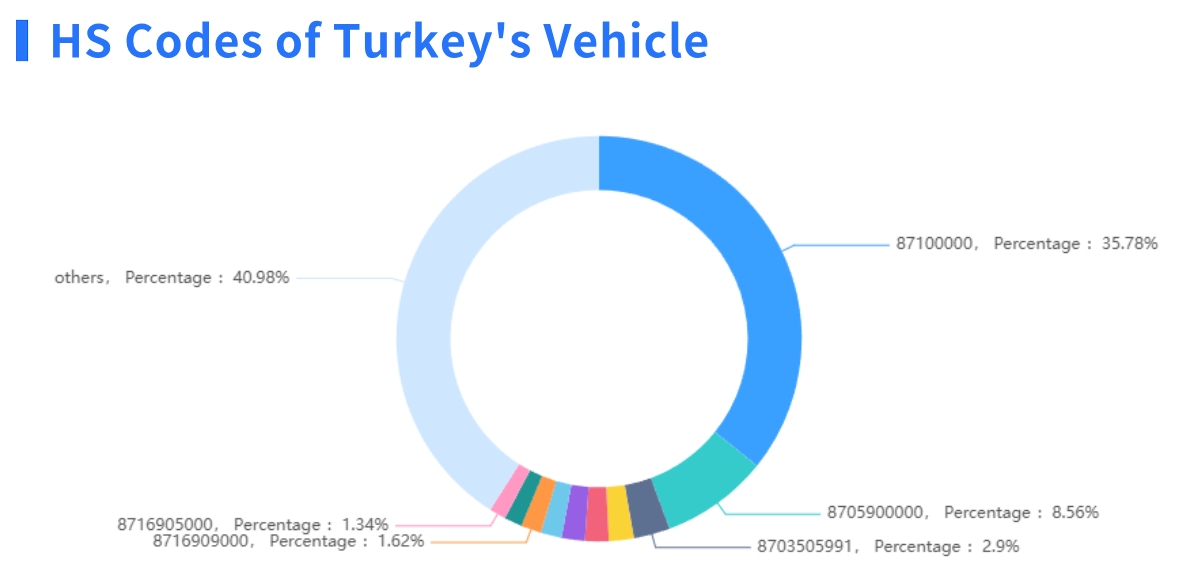
Key Characteristics of the Middle East Market
Market Homogeneity: One of the standout features of the Middle East is its relatively uniform market preferences. Consumers in the region tend to share similar browsing behaviors and purchasing preferences, which simplifies marketing strategies.
High Internet Penetration: The internet penetration rate is over 90%, especially in Gulf Cooperation Council (GCC) countries.
Young Population: Around 70% of the Middle Eastern population is under 30, making it an ideal market for e-commerce. This demographic is tech-savvy and embraces online shopping.
Rapid Growth of Online Payments: With the rise of digital payments, approximately 69% of transactions in the region are expected to be conducted online, driven by cashless payment methods.
Open Trade Policies: Many Middle Eastern countries, including Saudi Arabia, the UAE, and Qatar, have adopted liberal trade policies with minimal taxes and no foreign exchange controls, offering favorable conditions for cross-border trade.
>>>> Developing the Middle East Market <<<<
Cultural and Business Etiquette in the Middle East
Language: Arabic is the dominant language in the Middle East, with some countries also using their native languages. It’s essential to understand Arabic and the region’s local languages when engaging in business.
Cultural Sensitivities: The Middle East is predominantly Muslim, and religious and cultural values are deeply ingrained. Businesses should avoid products or packaging that might violate religious guidelines.
Key Holidays: Major shopping events like Black Friday, Ramadan, and Singles' Day (November 11) are key periods for promotional activities. It’s important for businesses to prepare for these events in advance.
Business Etiquette: Middle Eastern clients value interpersonal relationships and formalities. Establishing good rapport is crucial. Timeliness, product quality, and meeting delivery deadlines are also highly emphasized.
Price Negotiation: Middle Eastern clients are skilled negotiators, often unwilling to compromise easily. Providing fair pricing and strong after-sales service is key to gaining their trust.
Strategies to Reach Middle Eastern Clients
Trade Shows in Dubai: As a key trade hub, Dubai hosts numerous international trade shows. Participating in these events allows businesses to attract a wide range of Middle Eastern clients.
B2B Platforms: Platforms like TradeKey are widely used in the Middle East. You can also leverage Google Trends and Google Ads to identify high-volume keywords and reach potential customers.
Arabic Website: Developing an Arabic-language website optimized for search engines can help Middle Eastern customers find your brand easily. Having a localized website is crucial for customer acquisition and brand awareness.
Middle Eastern Business Directories: Websites like Arabo.com offer multi-language business directories for the region, categorizing businesses by country and industry.
Google Search: Region-specific Google search engines like Google.ae (UAE), Google.com.sa (Saudi Arabia), and Google.com.eg (Egypt) can be useful for local SEO.
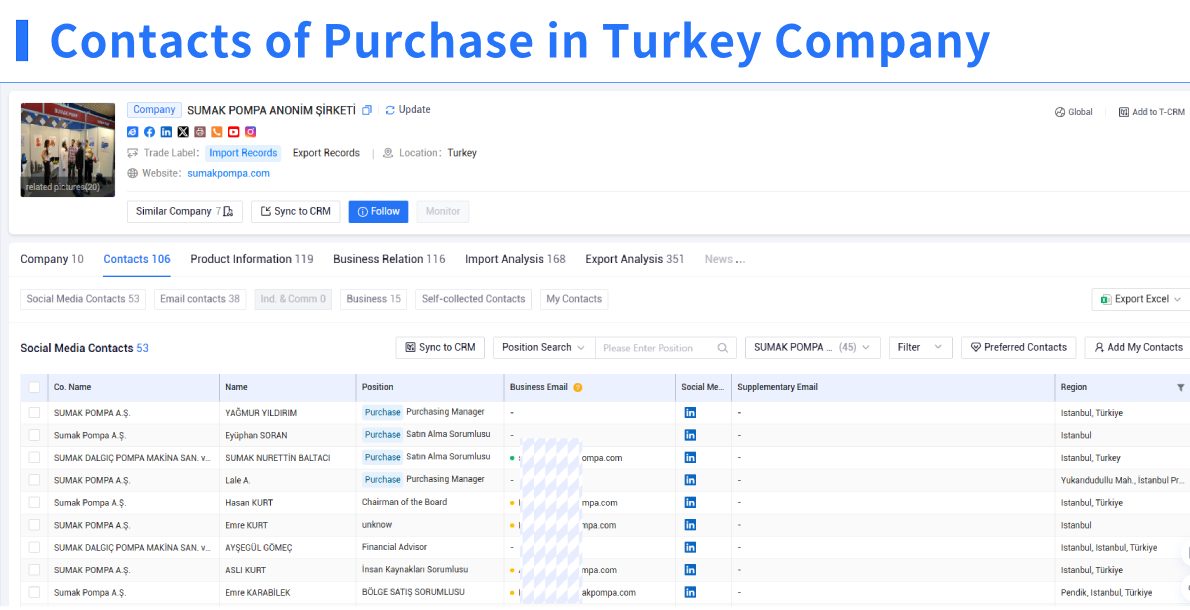
Essential Export Documents for the Middle East
GMARK Certificate: This mandatory certification verifies that a product meets local regulations and standards.
COC Certificate: A certificate of conformity required by customs authorities to clear goods.
SABER Certificate: For exports to Saudi Arabia, a digital clearance certificate from the SABER system is required, in addition to the GMARK certificate.
SASO Certification: Products destined for Iran require SASO certification and an import license issued by the importing party or certification body.
Foreign trade companies looking to enter the Middle Eastern market should be mindful of these guidelines. By understanding the region's unique characteristics and embracing a strategy tailored to its market demands, businesses can position themselves for long-term success.
Category
Leave Message for Demo Request or Questions


 T-info
T-info T-discovery
T-discovery

 My
Tendata
My
Tendata Market Analysis
Market Analysis Customer
Development
Customer
Development Competitor
Monitoring
Competitor
Monitoring Customer Relationship
Customer Relationship